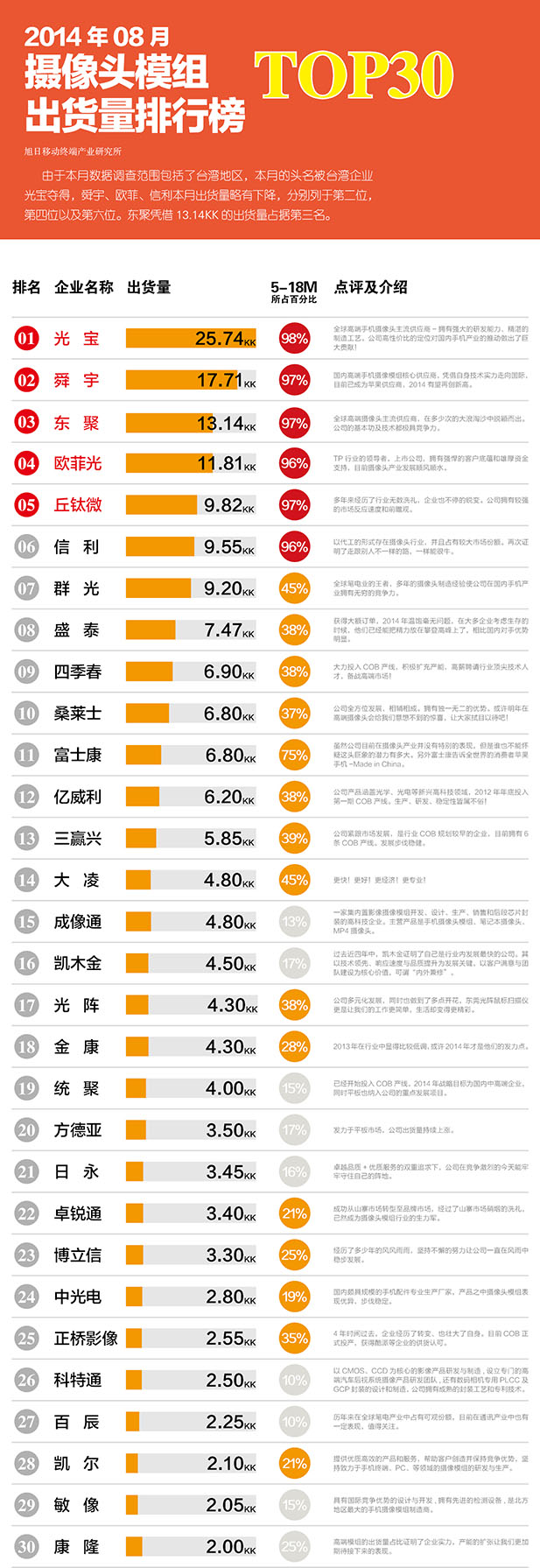Ultrasonic degreasing is a process that utilizes the mechanical energy of ultrasonic oscillation to generate tens of thousands of small bubbles in the degreasing solution. These small bubbles generate strong mechanical forces during their formation, growth, and closure, causing the oil and dirt adhering to the surface of the parts to quickly detach, thereby accelerating the degreasing process. Make degreasing more thorough.
Ultrasound can be applied in solvent degreasing, chemical degreasing, electrochemical degreasing, and acid washing. One or more steps are taken to achieve the effects of degreasing (polishing paste, oil stains, wax), rust removal, and film removal (hanging ash, floating slag, dirty film). The temperature and concentration of ultrasonic degreasing solution are lower than the corresponding degreasing solution. Because high temperature and concentration will hinder the propagation of ultrasound and reduce the degreasing ability. The use of ultrasound can reduce the temperature and concentration of degreasing solution, save energy, protect the substrate metal from corrosion, and prevent hydrogen permeation caused by cathodic electrolysis degreasing. It should be pointed out that ultrasonic degreasing solution is not simply a dilution of the original degreasing solution, but rather a reasonable selection of the composition and ratio of the degreasing solution, and the selection of appropriate parameters such as ultrasonic oscillation frequency and intensity.
Ultrasonic degreasing is more effective for processing parts with complex shapes, micropores, blind holes, narrow gaps, and high degreasing requirements. Complex small parts can use high-frequency and low amplitude ultrasonic waves; Parts with larger surfaces use ultrasonic waves with lower frequencies (15-30kHz).
The ultrasonic device consists of a vibration plate and an ultrasonic generator. There are various types of commercially available ultrasonic cleaning machines, including single groove, double groove, three groove, and four groove. If the standard model is not suitable for specific working environments, an input ultrasonic device can also be used. The shock plate and ultrasonic generator in the input type ultrasonic device adopt a separate structure, with flexible arrangement. According to the needs of the ultrasonic radiation surface, the shock plate can be arranged on the bottom, side or top surface of the cleaning tank. To achieve good degreasing effect on the concave and back parts of the parts, so that the parts can rotate in the groove and all parts can be exposed to ultrasonic radiation.
Disclaimer:The authenticity of this information has not been verified by our website and is for your reference only. The purpose is to convey more information; If there is any error, error, or infringement, please contact us via email( chinavta@szxwds.com )We would greatly appreciate it if you could promptly notify us of the error, error, or infringement, and we will promptly make corrections or deletions.



